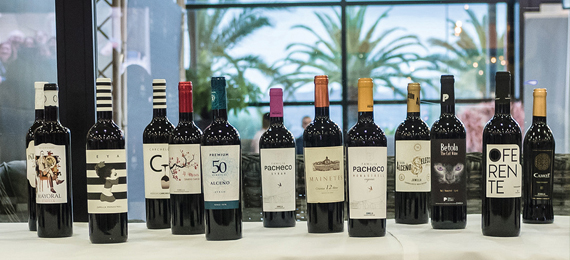
Even during the pandemic, exports of Jumilla wine to the United States are continuously rising.
Jumilla wine was imported to the United States from August 2019 to July 2020, making it 20 percent more than the previous year, despite taxes on wine from Spain and other European countries.
Jumilla Wine Production and USA Wine Imports
Jumilla Wines Are Based on the Monastrell Grape Variety.
- A. True
- B. False
For the last five years, Jumilla’s wine exports to America have improved. In 2015 it increased to 30 percent.
Due to the outbreak of COVID-19, the Spanish region of Jumilla does its best and produces bottles well-priced and well-packed for domestic and export wine markets. Most wine regions in Spain transport over 40 percent of their production, and the remaining 60 percent sold in the domestic market.
Did you know that Jumilla exports about 70 percent of its wine in other countries?
The middle of Spain’s Mediterranean coast contains more than 42,000 acres of grapevines, in which 25,000 acres are filled with ungrafted vines.
Monastrell Jumilla Wine
Monastrell is known as the signature grape of Jumilla.
Monastrell grapes are small in size and have thick skin. Jumilla produces other red grapes, including Garnacha and Tempranillo, and grows white grapes such as Malvasia, Airen Chardonnay, and Sauvignon Blanc.
Jumilla is considered to be one of Spain’s oldest designated winegrowing places. When we talk about the history of wine production, it takes you back to the period of Phoenicians. However, there is no archaeological evidence proving that wine production dates back to 3000 BCE, that included gold earrings with the picture of grapes and grape seed fossils.
Why Is Jumilla Famous for Wines?
Due to its warm climates, Jumilla is best known for producing red wines. Jumilla comprises the soils, climate, landscape, and grape varieties to make the best red wines. Viticultural strategies also play an essential role. In order to produce the best wine, the balance of raw materials particularly when they come in cellars and the aging process, are crucial. Jumilla wines are mostly stored in barriques for aging, whereas the judicious aging method has a large process including foudres, and improves those precious balances.